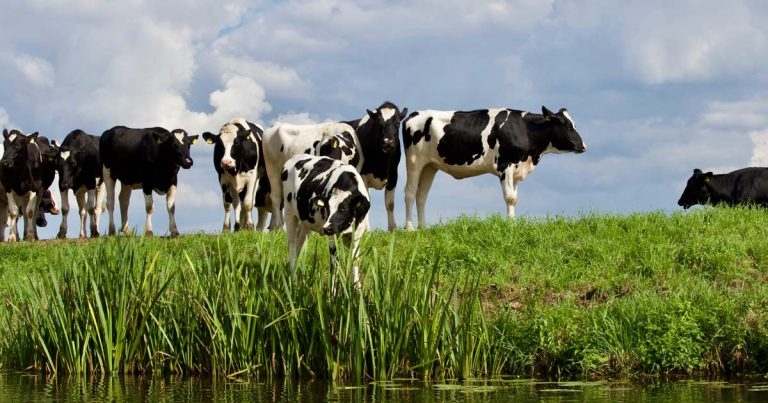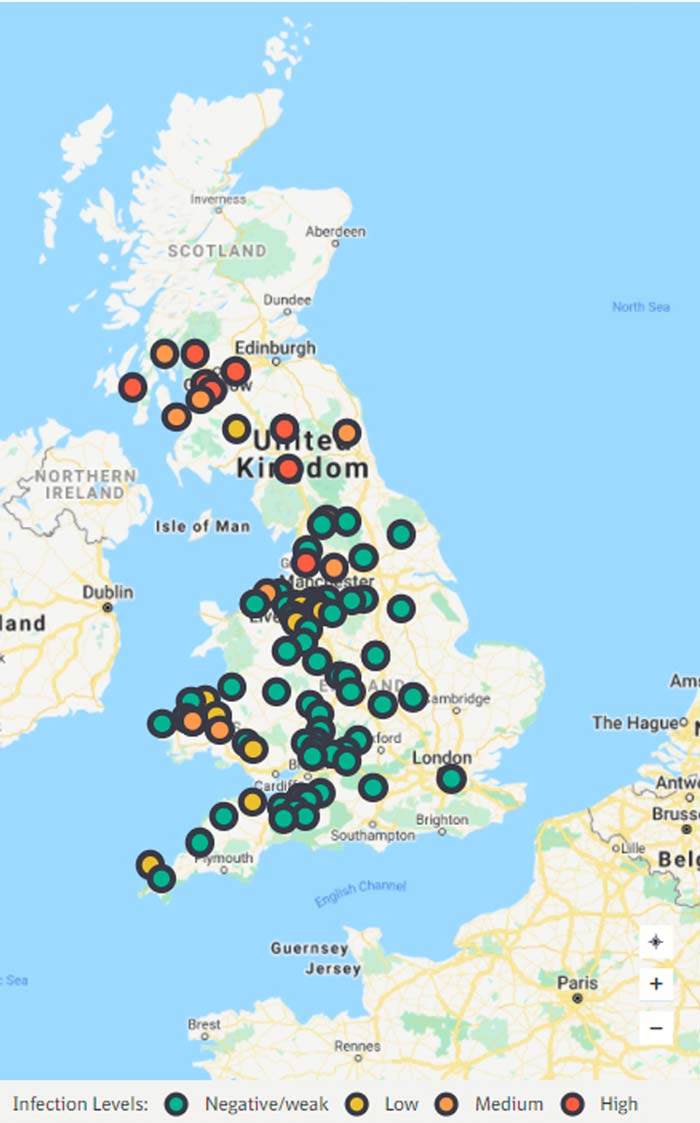2 Oct 2020
Data collected from 90 UK farms by Boehringer Ingelheim, in conjunction with National Milk Laboratories, shows increase in exposure to Ostertagia ostertagi.

A parasite-tracking initiative has reported an increase in exposure to the gutworm Ostertagia ostertagi in cattle in the 2020 grazing season.
The tracker collects data from 90 dairy farms in a partnership between Boehringer Ingelheim Animal Health and National Milk Laboratories, with the aim of helping livestock producers, vets, and animal health advisors monitor and treat parasites.

The latest data points to an increase in exposure to O ostertagi, but liver fluke exposure is low, except for one hotspot in south-west Scotland.
Victoria Hudson, senior brand manager at Boehringer Ingelheim, said: “Our data is collected from ELISA bulk milk tests from dairy farms, but we expect this information will be of use to all livestock producers due to the prevalence of liver fluke and O ostertagi across Great Britain.
“When bulk milk tank antibodies to these parasites become elevated, it provides an indication of regional risk that is relevant to other cattle producers, and the liver fluke results will also be relevant to sheep producers.
“We hope when this data is used in combination with parasite forecasts, farm-specific conditions, and herd history, livestock producers, animal health advisors and vets will be able to make better-informed decisions on parasite monitoring and control.”
Data to the end of August 2020 shows around 80% of tested herds had a high levels of the gutworm antibody in a bulk milk sample, indicating high exposure to the worm during the grazing season.
It was a different scenario for liver fluke, though, with 69% presenting no or very low levels of antibody in a bulk milk sample. However, some herds did test positive – primarily in western areas – and signs exist that antibody levels are increasing in south-west Scotland.
Seasonal email alerts are available on Boehringer Ingelheim’s parasite tracker via its Beat the Parasites website.